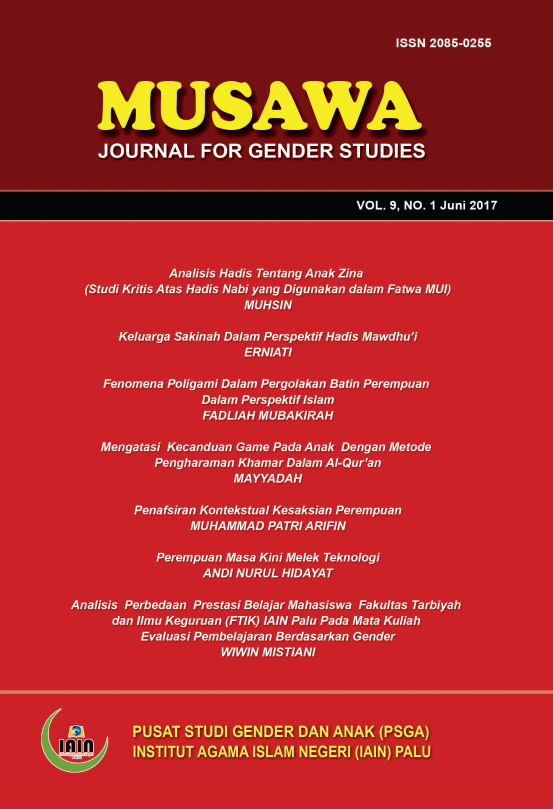Analisis Hadis Tentang Anak Zina (Studi Kritis Atas Hadis Nabi Yang Digunakan Dalam Fatwa Mui)
Abstract
This paper aims at clarifying the status of a hadith of the Prophet Muhammad which explains that the adulterous child will not be able to inherit and not inherit. This Hadith becomes one of the sources of the MUI fatwa number 11 of 2012 which explains the status of adultery as a child who has no relationship nasab, guardian of marriage, inheritance and nafaqah with the man who caused his birth. To clarify the status of hadiths inheritance of adultery the writer uses the method of takhrij hadith. So that hadith can be known whether the hadith is valid or invalid. In using the method of takhrij hadith the writer uses four methods of searching through the word that uses the book al-Mu'jam al-Mufahras by Wensinck, the traced use sanad by using the Book of Tuhfatul al-Asyraf bi Ma'rifat alAtraf by Wensichk, The theme of hadith using the book of Miftah alKunuz al-Sunnah and Al-Kamal fi Asma al-Rijal by al-Mizzidan Kitab al-Tahzib al-Tahzib by Ibn Hajar al-Asqalani. In this study, there have been some writings that explain about the child of adultery such as thesis with the title of Child Status outside of Nikah by Alfian Qadri Azizi, Sasmiar with title of Position of Unlawful Child Law Before and After Decision of Constitutional Court Number 46 / PUU / VII / 2010. The results answered about the status of the hadith used by the MUI fatwa in the decisions about the adultery child.


1.png)






